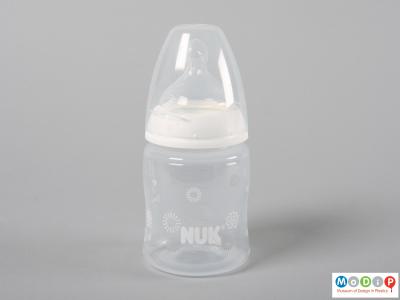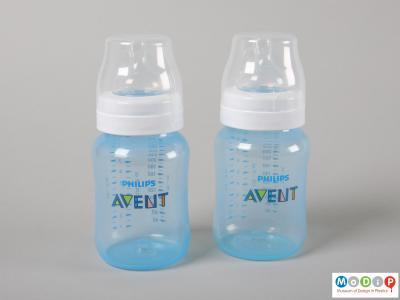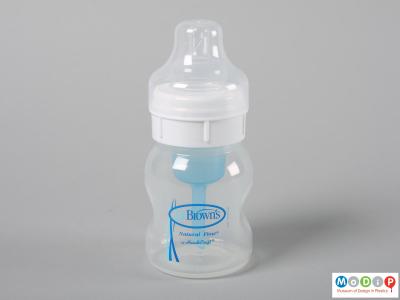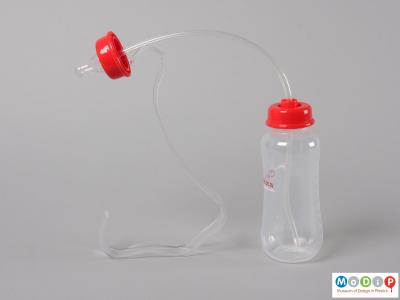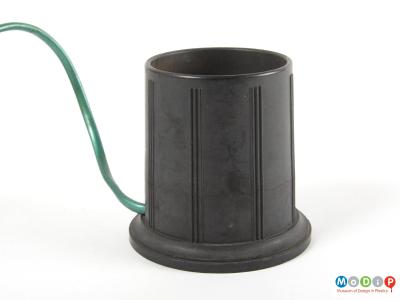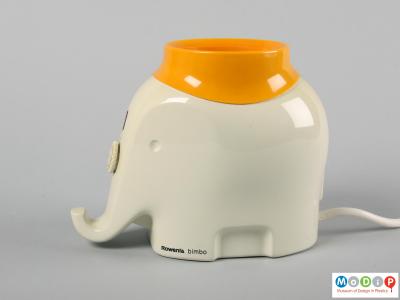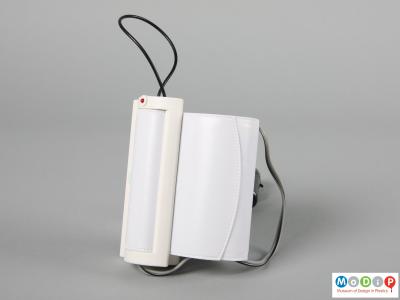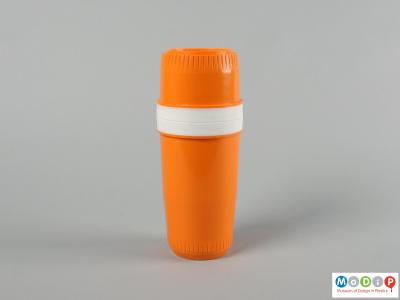There are many reasons why care givers choose to feed babies by bottle; difficulty with breastfeeding, returning to work, or the baby being fed by people other than the mother are just a few. With baby needing to make the transition from breast to bottle, the NUK First Choice bottle (1) has a specifically designed teat that mimics the mother’s nipple and therefore encourages the baby to latch on. The teats on all the bottles here are made of silicone, which is soft to touch and can be easily sterilised.
Different teats can help regulate the flow of liquids. New-born babies need a slower flow than older infants, the Avent bottles (2) are designed to be used by babies of around 1 month in age.
Colic can be caused or exacerbated by the use of bottles as the baby can swallow air along with the milk. Dr Brown’s Natural Flow bottle (3) has a system which routes air through the collar and along the tube in the centre of the bottle, bypassing the milk.
On occasions when the care giver is unable to hold the baby and feed them, an upright bottle, like the On-The-Go bottle (4), offers assistance. It is also thought that upright feeding can ease colic and issues with reflux.
Babies prefer to have warmed milk, at around room temperature, or just below body temperature. Plug in bottle warmers (5 - 6) warm the milk well at home. When travelling or out and about parents can use devices that plug into the car cigarette lighter (7) or use a container that works like a vacuum flask (8) and keeps pre-warmed bottles at an appropriate temperature.

